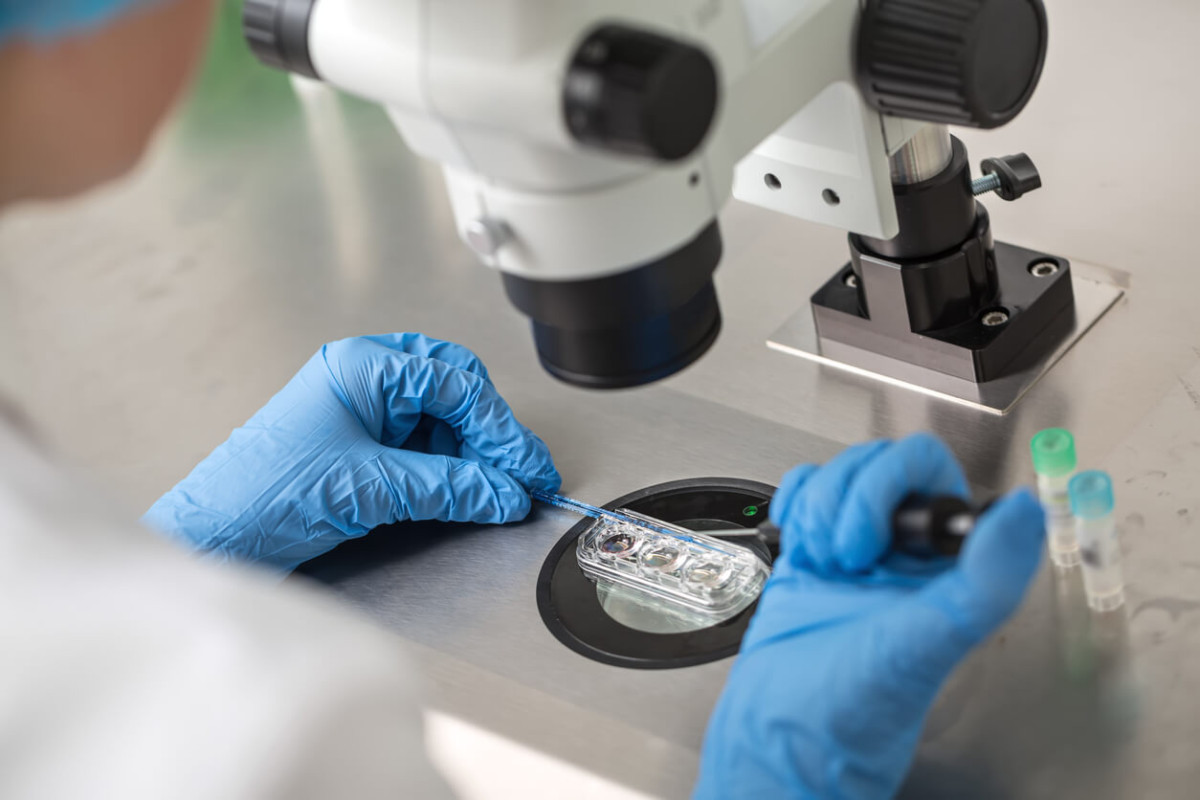Advances In IVF – 2017
Posted on January 2, 2018
As I write this blog, I am reminded of just how far we’ve come since the birth of Louise Brown (1stIVF baby) 40 years ago. The fertility medicines that were used in the early years were obtained from the urine of menopausal women and were administered by intramuscular (deep muscle) injection. The medications we now use are derived from recombinant DNA technology and are administered via subcutaneous (under the skin) injection.
The original method of aspirating oocytes (eggs) was through the use of operative laparoscopy (belly button surgery) and required general anesthesia. Improvements in ultrasound technology now make this procedure much safer and easier by employing the use of vaginal ultrasound and intravenous sedation to accomplish this same procedure. Improvements in abdominal ultrasound now make the transfer of embryos into the uterus much more successful, in light of the fact that this procedure was once done “blindly” without knowledge of catheter location. The catheters used to carry out the embryo transfer have also been dramatically improved and are much more gentle to the embryo itself.
The greatest advancements in IVF, however, have come from innovations in the IVF lab itself. Crude culture media and techniques have given way to sophisticated oocyte/embryo culture media that are much more conducive to oocyte/embryo growth. New cryopreservation (freezing) techniques now make both oocyte (egg) and embryo freezing highly successful especially with the advent of the vitrification (fast-freeze) technique.
The booming development of genetics and genetic testing of the developing embryo has caused a paradigm shift in how we now treat couples going through IVF therapy. The ability to biopsy a small number of cells from the developing embryo (usually at the day 5-6 blastocyst stage), then freeze it via the use of vitrification, has made it possible to transfer a single genetically normal embryo. This in turn has improved the patient’s pregnancy potential while lowering the miscarriage rate as well as the incidence of multiple births.
So what does the future hold for couples going through IVF treatment? Further advances in genetic testing will continue to broaden our ability to treat couples struggling with infertility. More research will continue to improve endometrial receptivity and implantation. Rest assured that all of us at RBA will be a part of these exciting developments.
Sincerely,
Andrew A. Toledo, M.D.
CEO, Reproductive Biology Associates


